Degas goes on show at Glasgow Burrell Collection
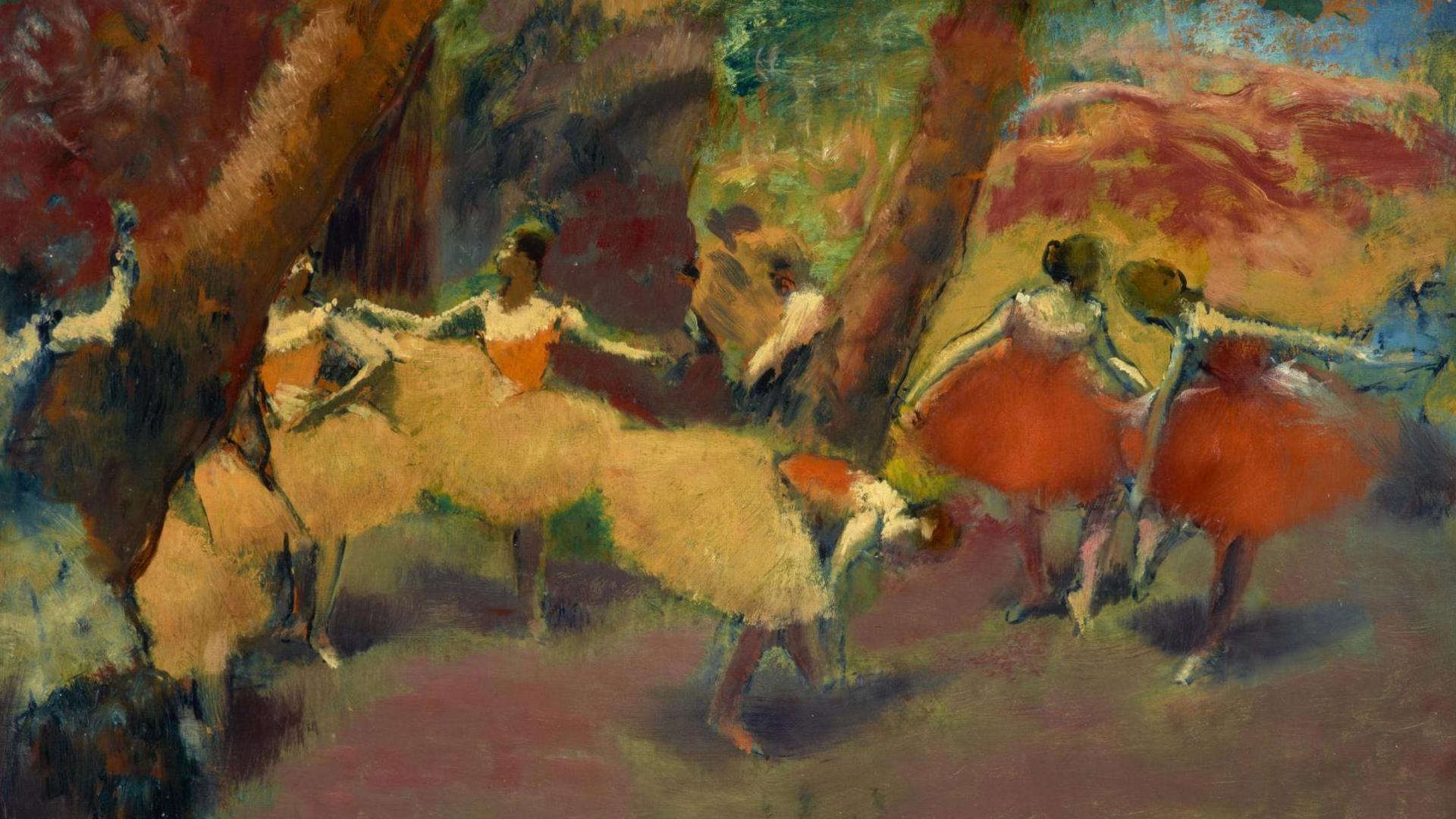
Before The Performance by Edgar Degas
- Published
It’s fair to say that Sir William Burrell loved ALL art.
Over 40 years, the shipping magnate collected more than 9,000 paintings, tapestries, sculptures and artefacts, which he left to the city of Glasgow in 1947.
But he had a particular passion for French impressionism, and especially the work of Edgar Degas.
Degas was one of a number of artists in 19th century Paris who flew in the face of the art establishment, by capturing real people in real situations.
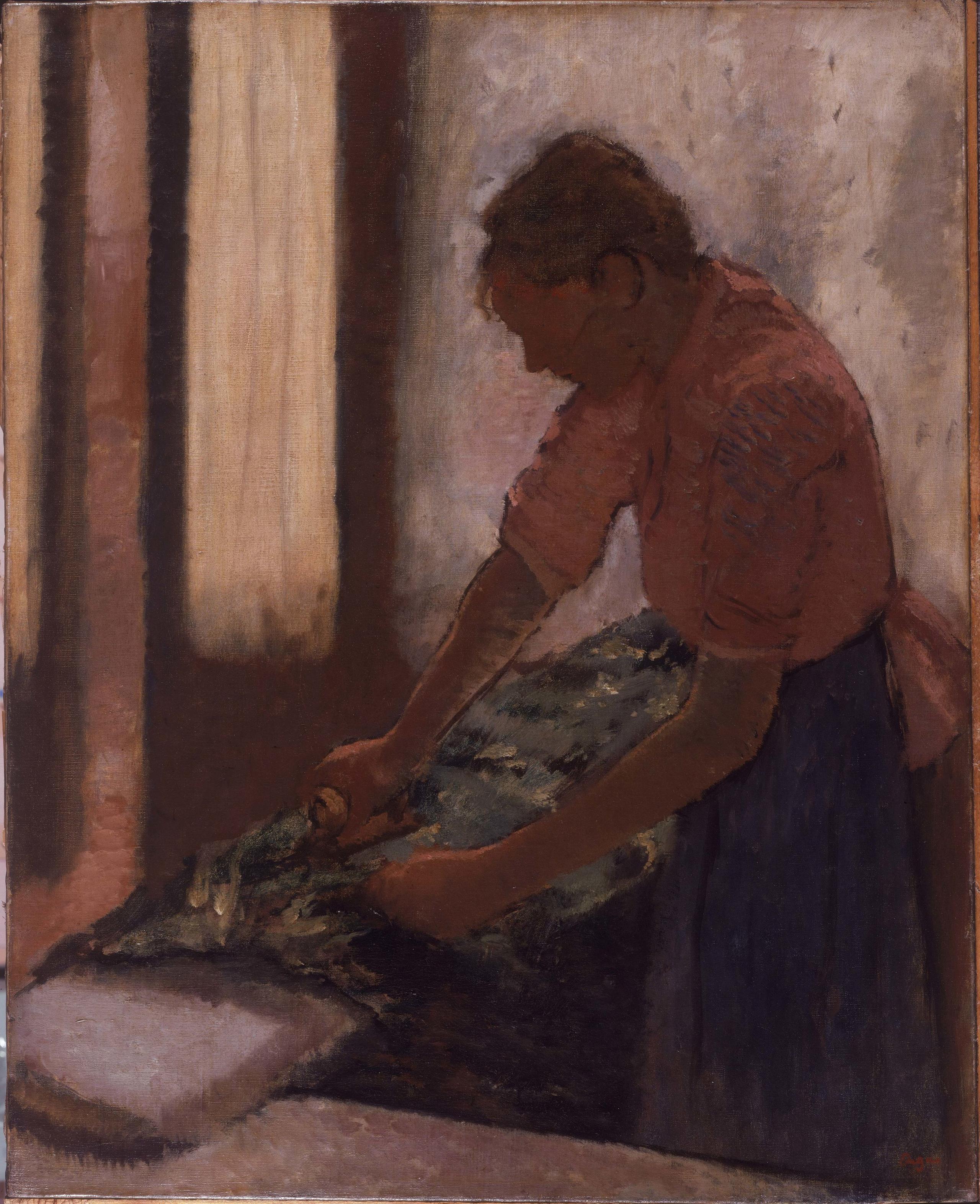
Woman Ironing by Edgar Degas
Frances Fowle, is Professor of Nineteenth Century Art at the University of Edinburgh and believes Degas’ practical approach appealed to the industrialist.
“Of all the impressionist artists, Degas was the one who was a draughtsman,” she says.
“He’d trained as an artist, and he always put drawing first and foremost in his pictures.
"He liked to paint people moving so the ballet, racehorses, women at work, and I think Burrell really appreciated that love of drawing.”
Degas was also experimental, using found objects in his sculpture, which Burrell didn’t collect, but have been borrowed for a new show, Discovering Degas, which opens in Glasgow this weekend.
The Tub - which shows a woman bathing - is made of lead, the water of cloths in plaster, and she’s clutching a real sponge.
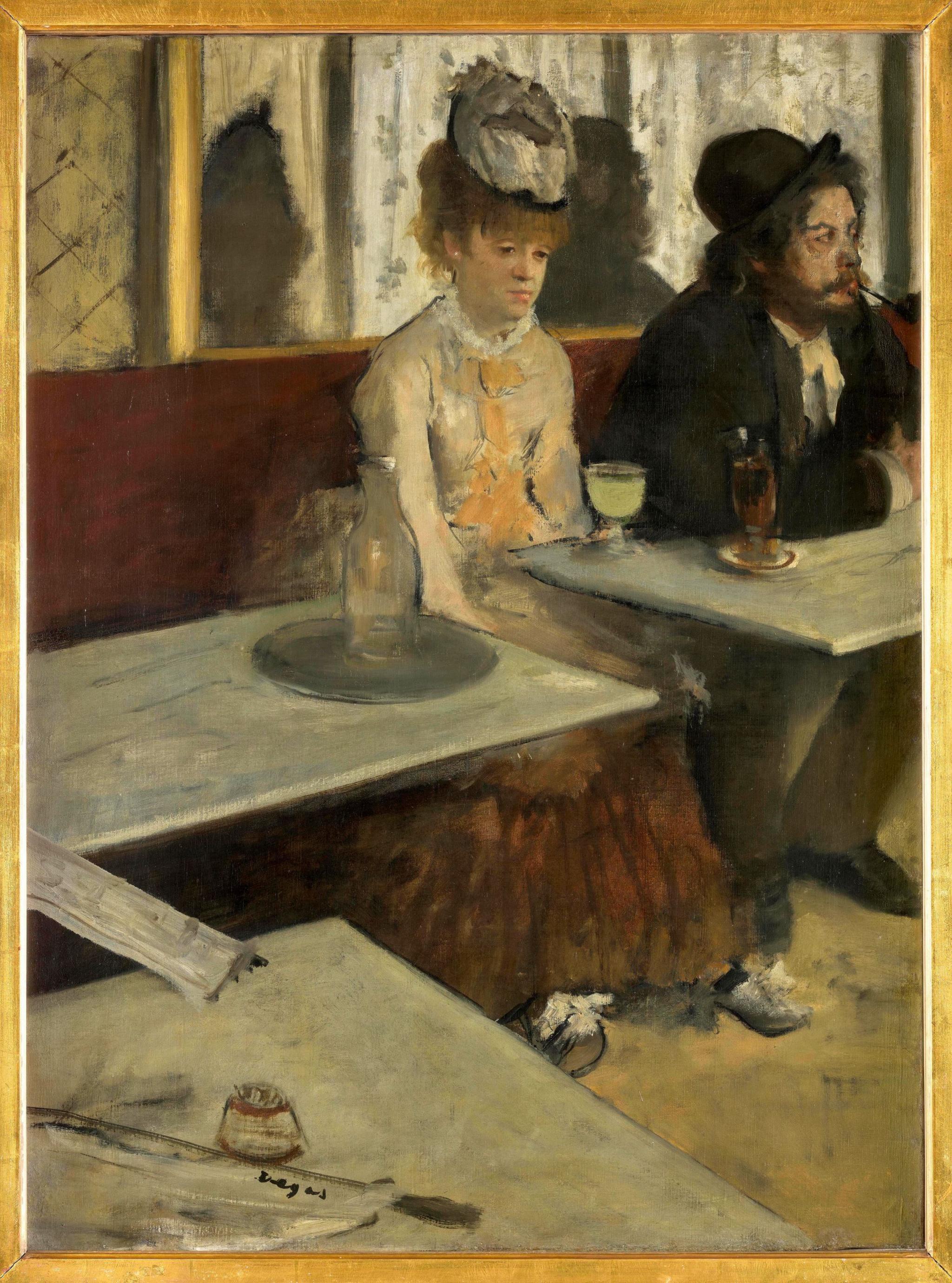
In a Cafe (L'Absinthe) by Edgar Degas
Another work, borrowed from the Musee D’Orsay in Paris depicts a couple drinking absinthe in a bar.
Once more Degas is studying women “working”, in this case a sex worker, alongside an alcoholic.
It scandalised polite Parisian society and was booed at auction in London in 1892.
“It prompted a whole debate in the newspapers about the meaning of this new kind of art,” says Frances Fowle, who helped curate the show.
“It was seen as lazy and slapdash, even debauched. Today when we see these beautiful pictures, we can’t imagine why they caused such a revolution at the time.”
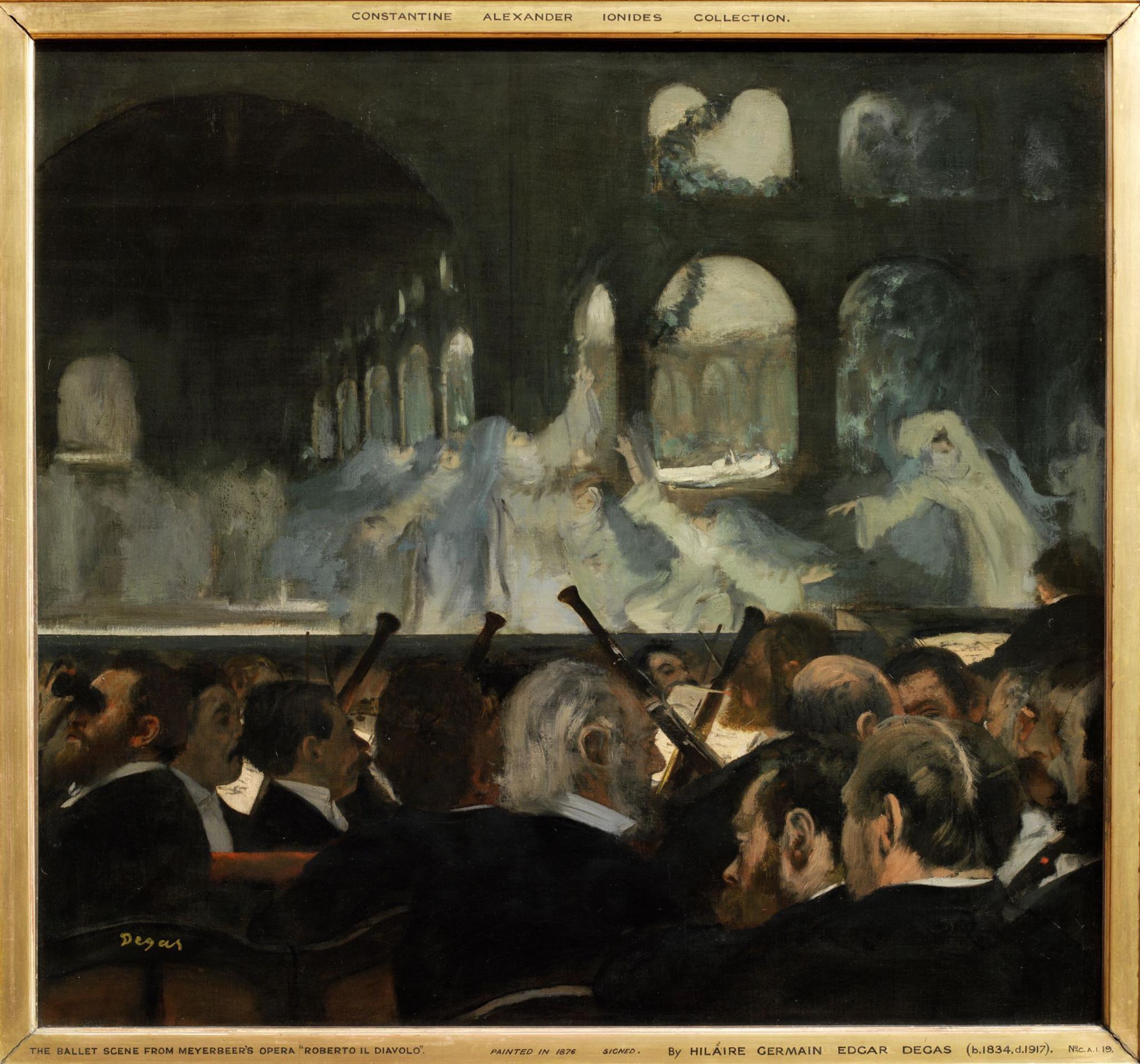
The Ballet Scene from Meyerbeer's Opera Robert Le Diable by Edgar Degas
At the end of 1873, a number of artists including Monet, Renoir, Cezanne and Degas founded their own society to exhibit works independently. They invited a further 30 artists to contribute to their first exhibition in April 1874.
The response to the birth of expressionism was mixed, but there was one fan in their midst.
Alex Reid was an amateur artist who worked for his father’s firm in Glasgow, making furniture for ships and selling pictures.
In 1886, he moved to Paris, where he met Pissarro, Gauguin and Toulouse-Lautrec.
For six months he shared an apartment with Vincent van Gogh and his brother Theo and when he returned to Glasgow in 1889, he set up his own gallery which sold the work he’d seen in Paris.
It’s likely that William Burrell bought his first paintings in La Societe des Beaux-Arts, having seen the first Degas on display at the International Exhibition in Glasgow in 1888.
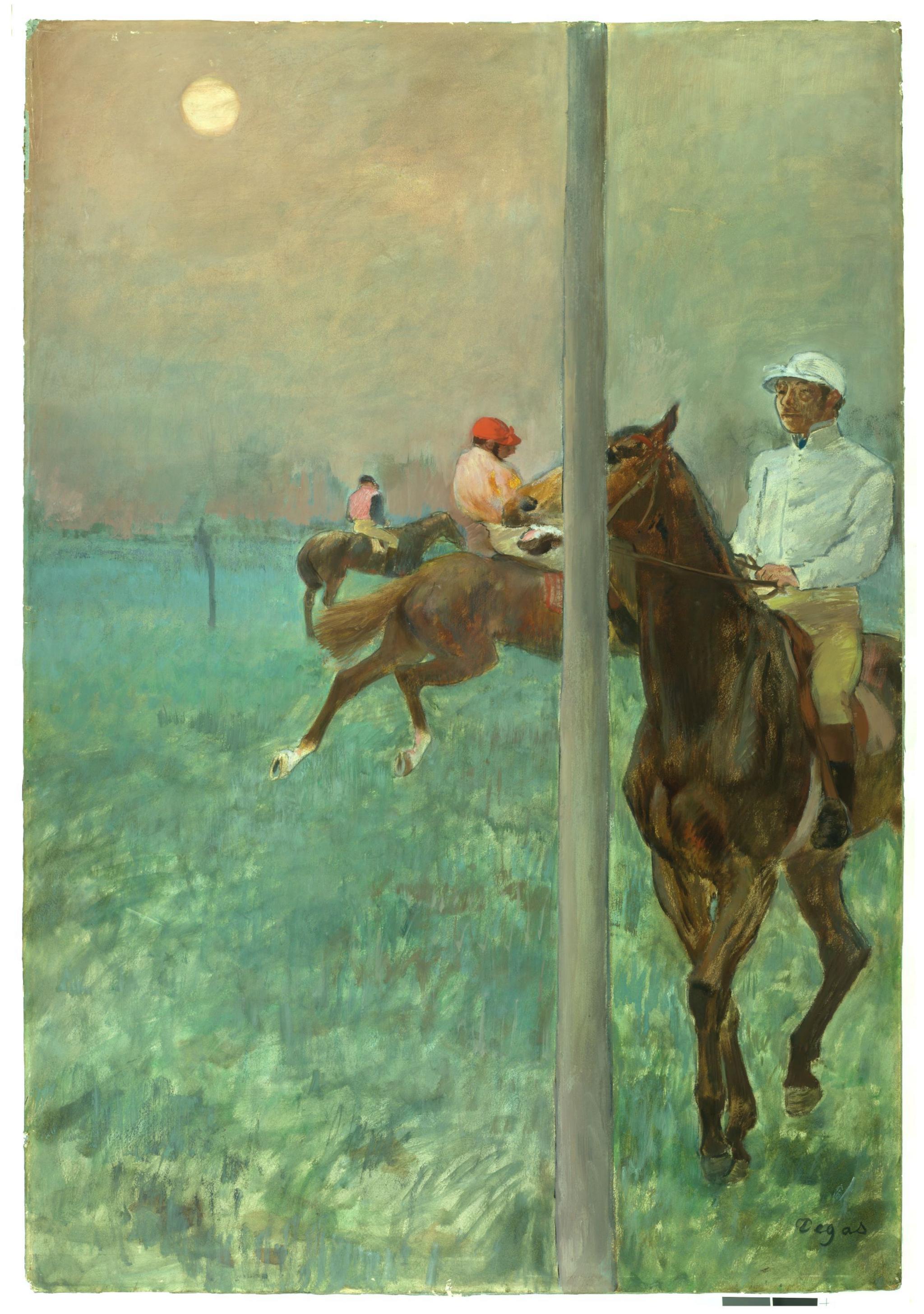
Jockeys Before The Race by Edgar Degas
Over four decades he gathered 23 works by Degas – the largest number collected by any individual in Britain.
The exhibition at the Burrell Collection is the first time they’ve all been shown together under one roof.
“This year, there are going to be exhibitions of Impressionist art across Europe, so we are lucky to have this fantastic show here in Glasgow,” says Frances Fowle.
“It’s also the only one which focuses on collectors.”
One of the Glasgow paintings – The Rehearsal – remains upstairs in the main museum collection but the others are displayed alongside 28 works borrowed from 13 collections across Europe.
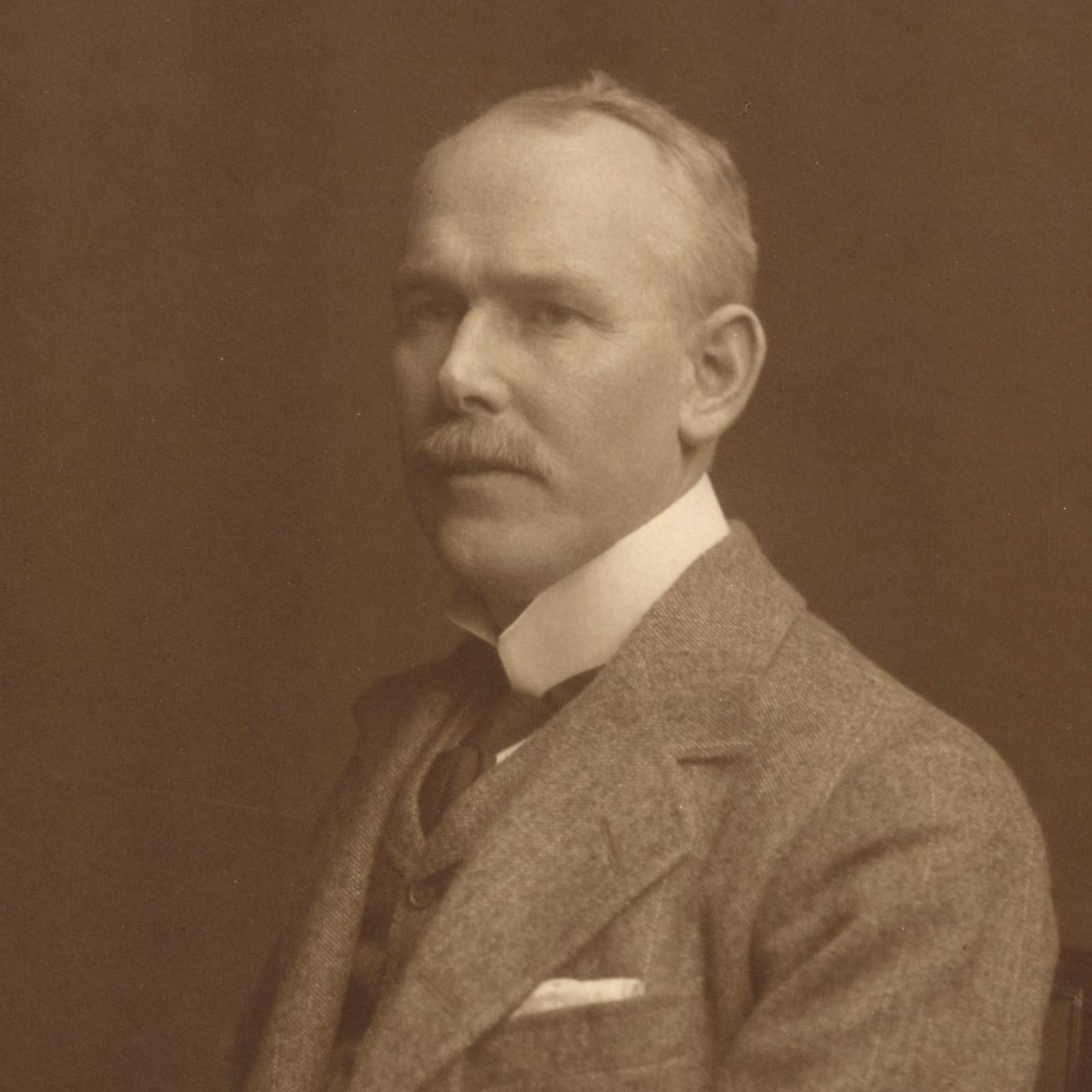
Sir William Burrell left his collection to Glasgow in 1947
It’s a key moment for the Burrell Collection. Although the collection was left to the city of Glasgow in 1947, it took decades to create a home for it.
Sir William’s concerns about pollution meant the museum had to be built far from the city centre.
That made it harder to attract visitors and numbers dropped from over a million when it opened in 1983 to 150,000 in 2013.
After 30 years, the fabric of the building was also failing, and much of the art had to be kept in storage to prevent damage from the leaking roof.
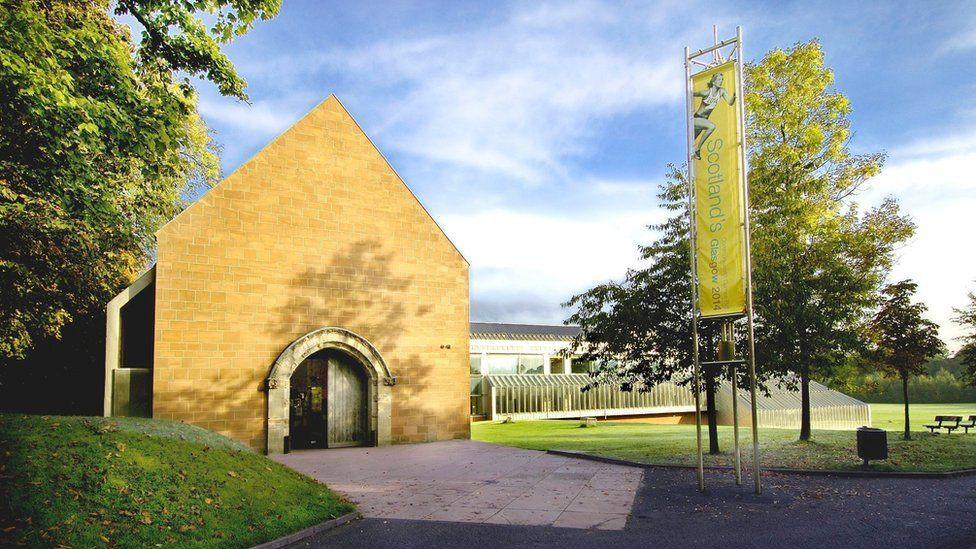
The Burrell Collection reopened after a £68m refurbishment
Architect John McAslan was appointed to reinvent the museum and allow a greater selection of art to be on display.
The £68m refurbishment got underway in October 2016, and although delayed by the pandemic, was reopened by King Charles in 2022.
A year later it was named Art Fund Museum of the Year.
“It’s an important exhibition for us,” says Pippa Stephenson-Sit, Curator of European Art at Glasgow Life Museums.
“This is our first major, ticketed exhibition and it seemed logical to choose Degas because he was such an important artist for Burrell.”
“Local visitors might know the collection well but this is a chance to understand how important Degas was to Burrell, to the country and to the world.”
Discovering Degas: Collecting in the Age of William Burrell runs until Monday 30th September 2024.